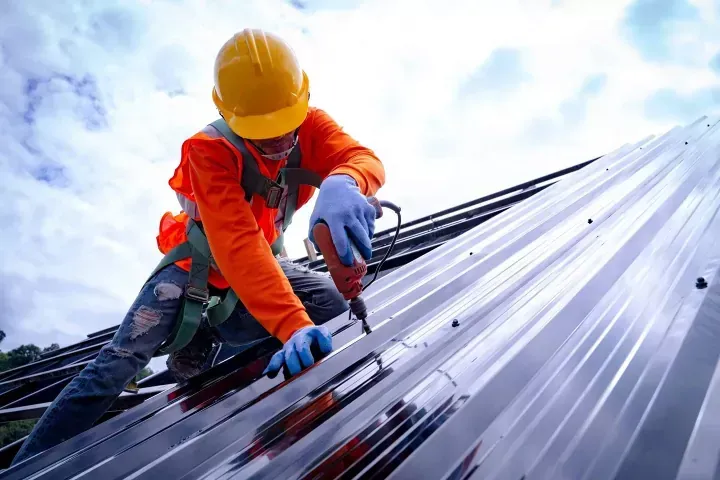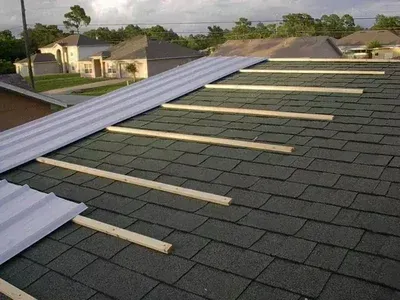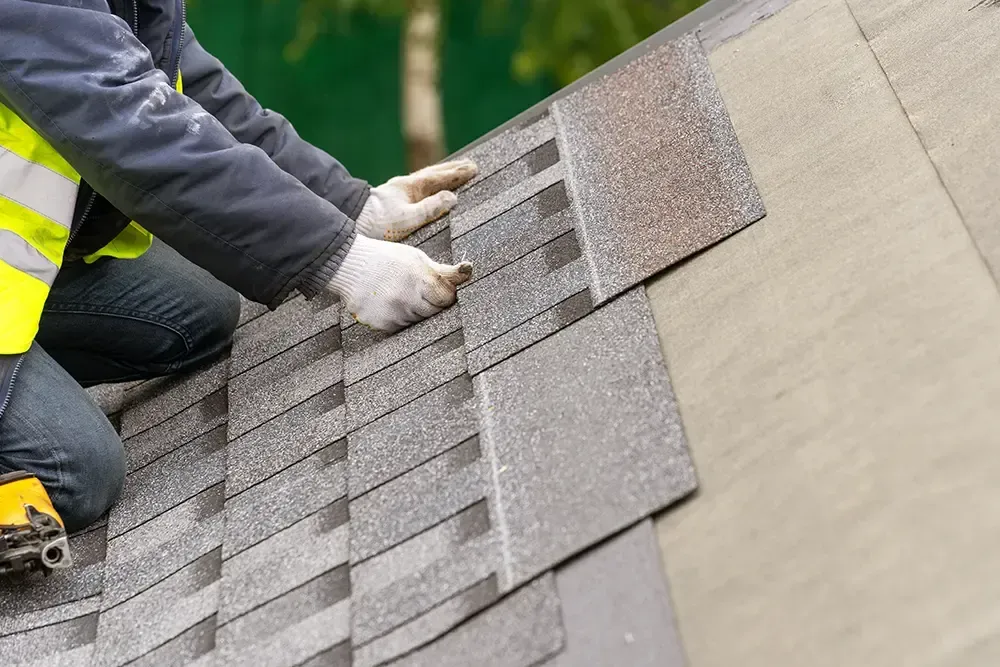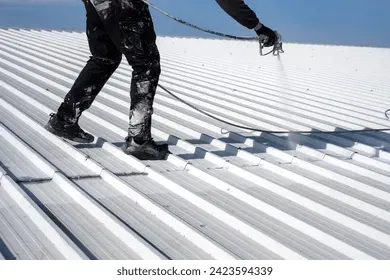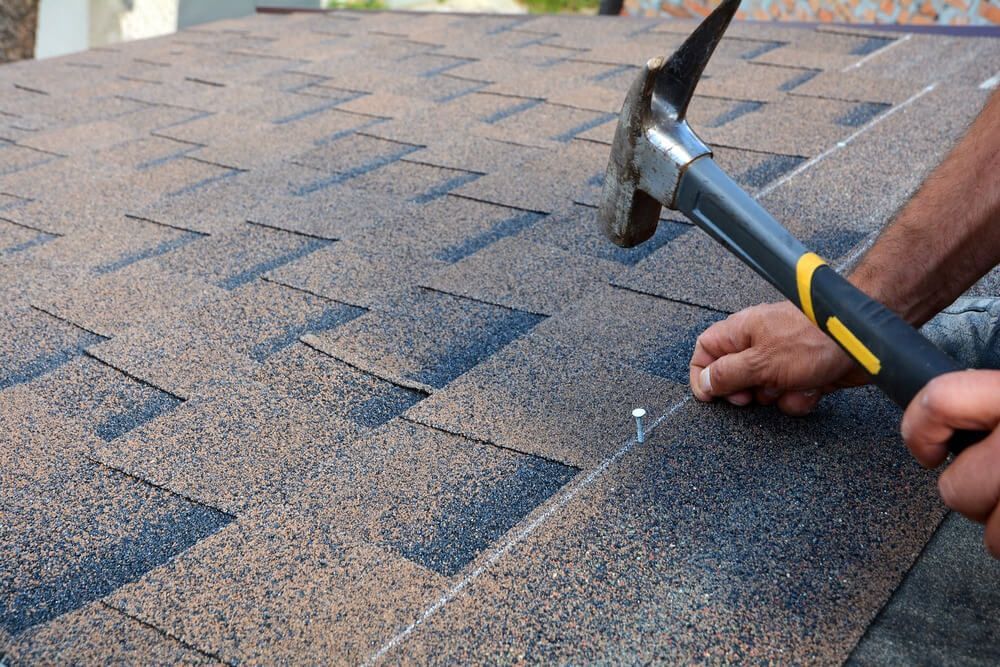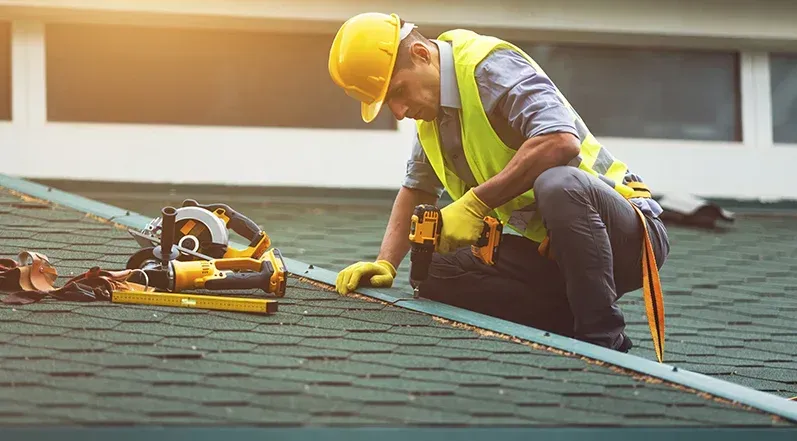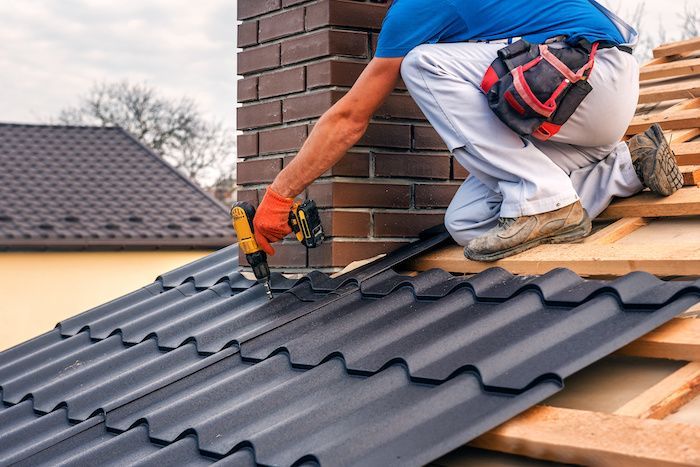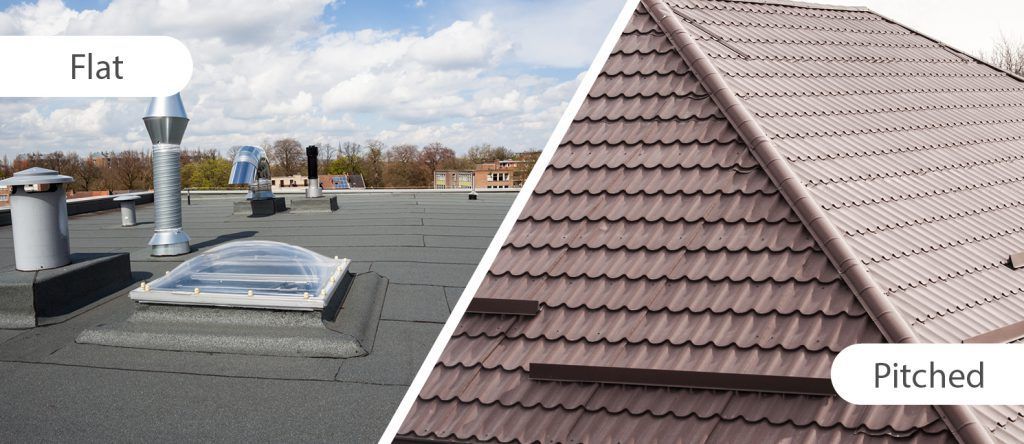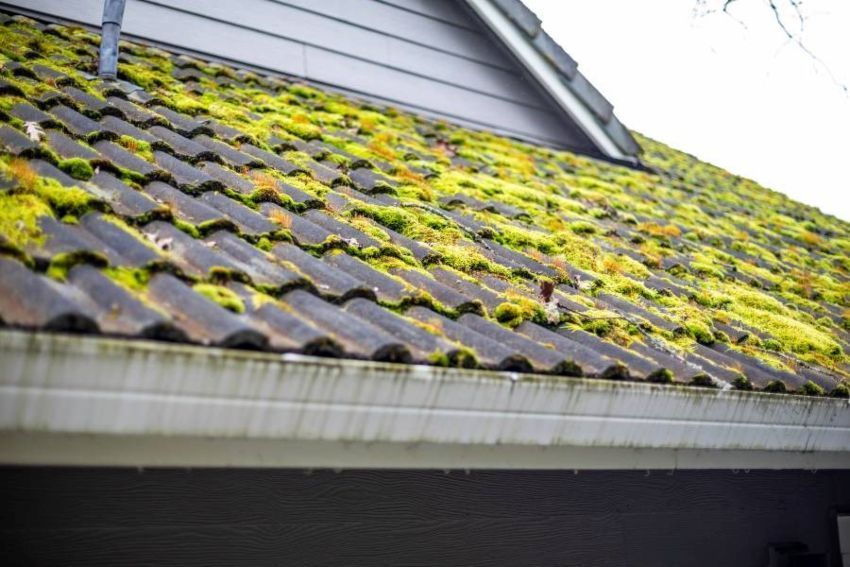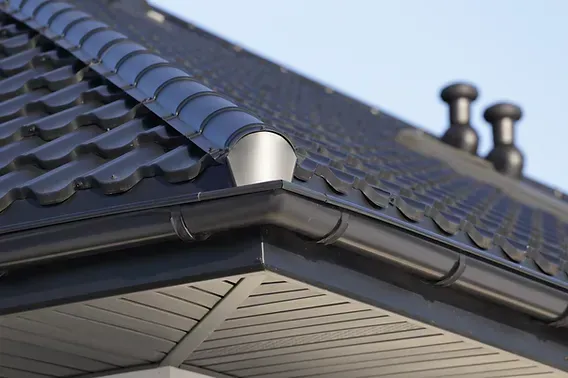Pros and Cons of Installing Metal Roofs Over Shingles
Installing Metal Roofing Over Shingles
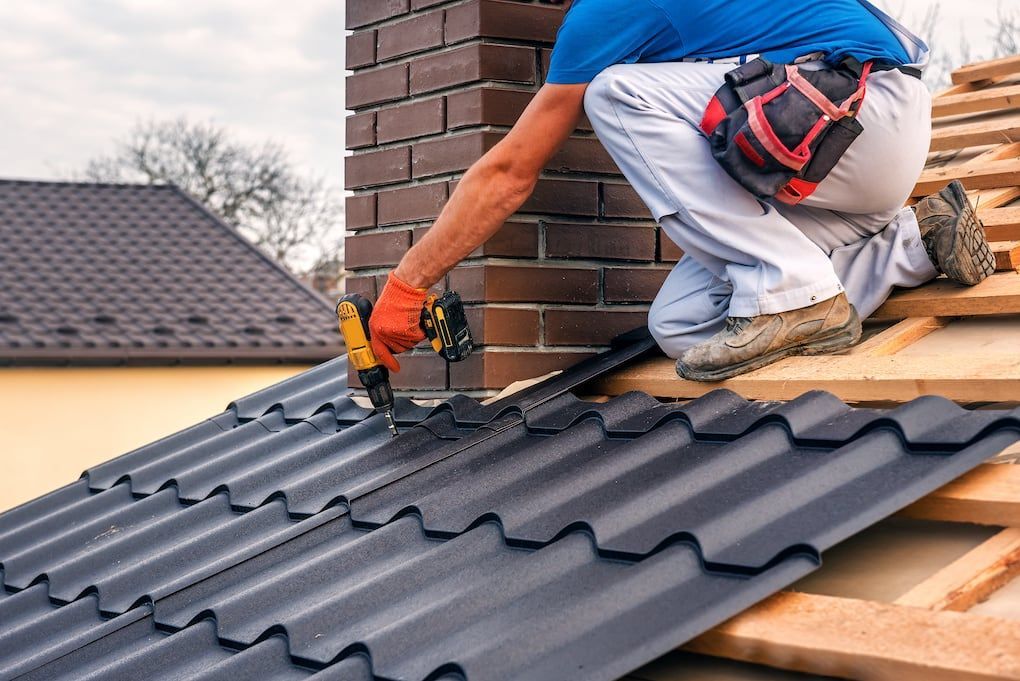
Installing metal roofing over shingles involves placing a new metal roof directly on top of the existing asphalt shingles without removing them. This technique can be an attractive option for homeowners looking to avoid the hassle of a complete roof tear-off. But is it the right choice for you? Let’s explore the details. Before deciding, it’s worth Comparing Asphalt, Metal, and Tile Roofing to better understand the strengths and weaknesses of different materials. But is it the right choice for you? Let’s explore the details.
Pros of Installing Metal Roofs Over Existing Shingles
Cost-Effective Solution
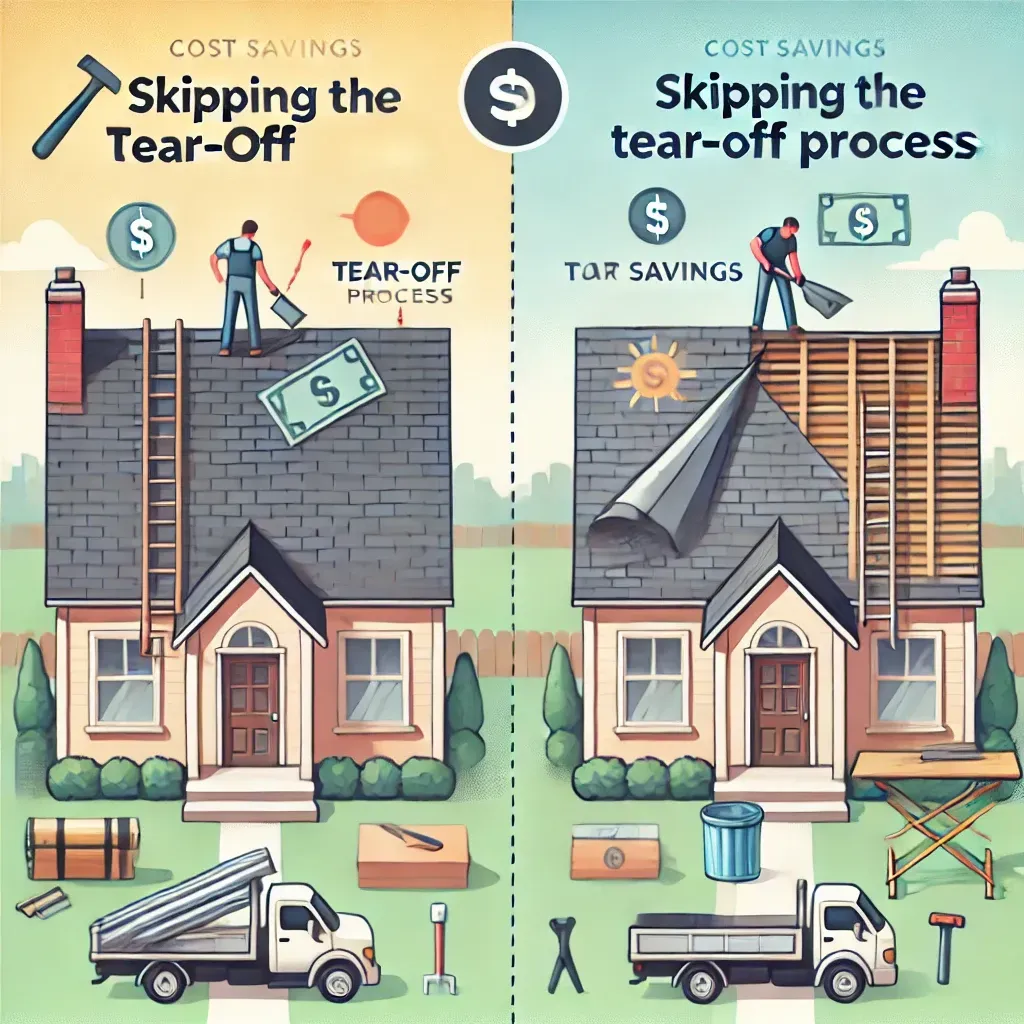
One of the most appealing aspects of installing a metal roof over existing shingles is the potential cost savings. Skipping the tear-off process can save on labor and disposal fees, making it a cheaper option if the old shingles are in good condition.
Extended Roof Lifespan
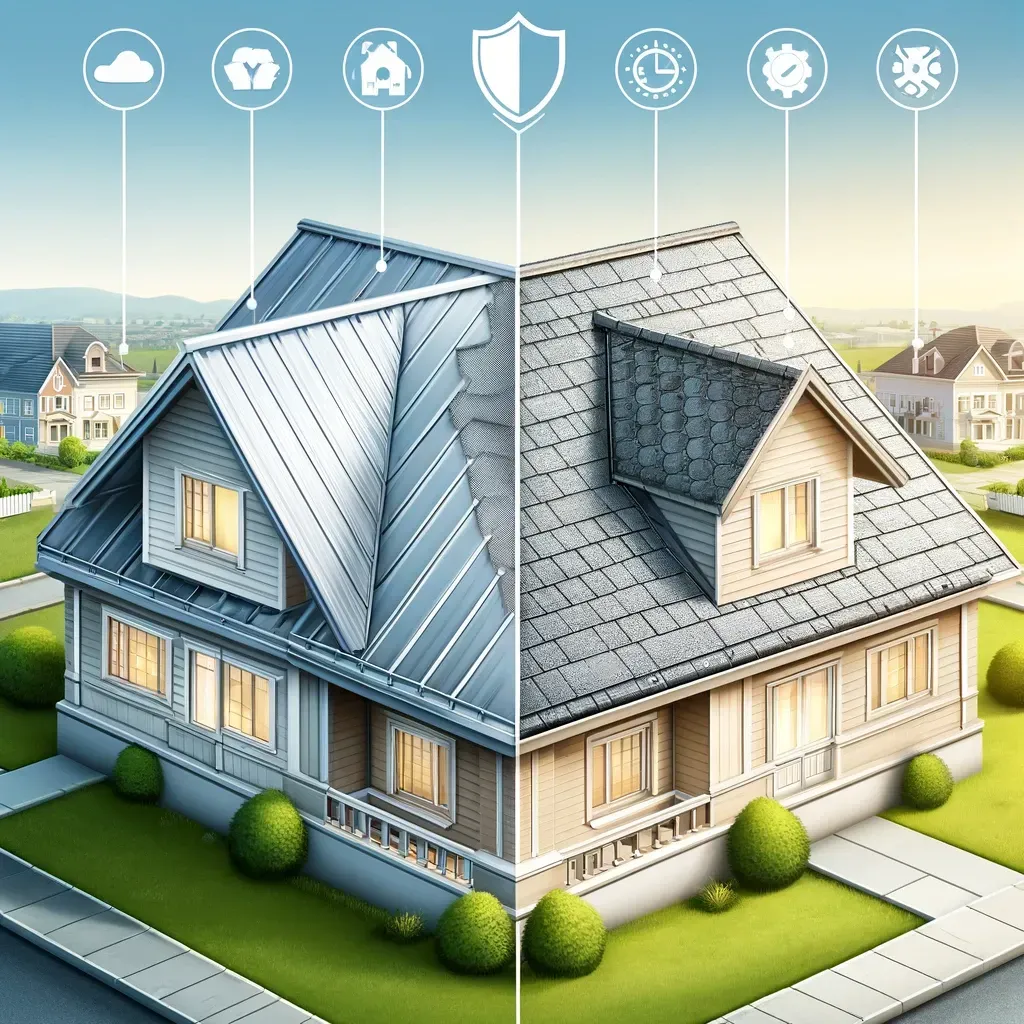
Metal roofs are known for their longevity, often lasting 40-70 years or more, significantly outlasting asphalt shingles. Even when installed over existing shingles, a metal roof can add durability and extend the overall lifespan of your roof.
Minimal Disruption
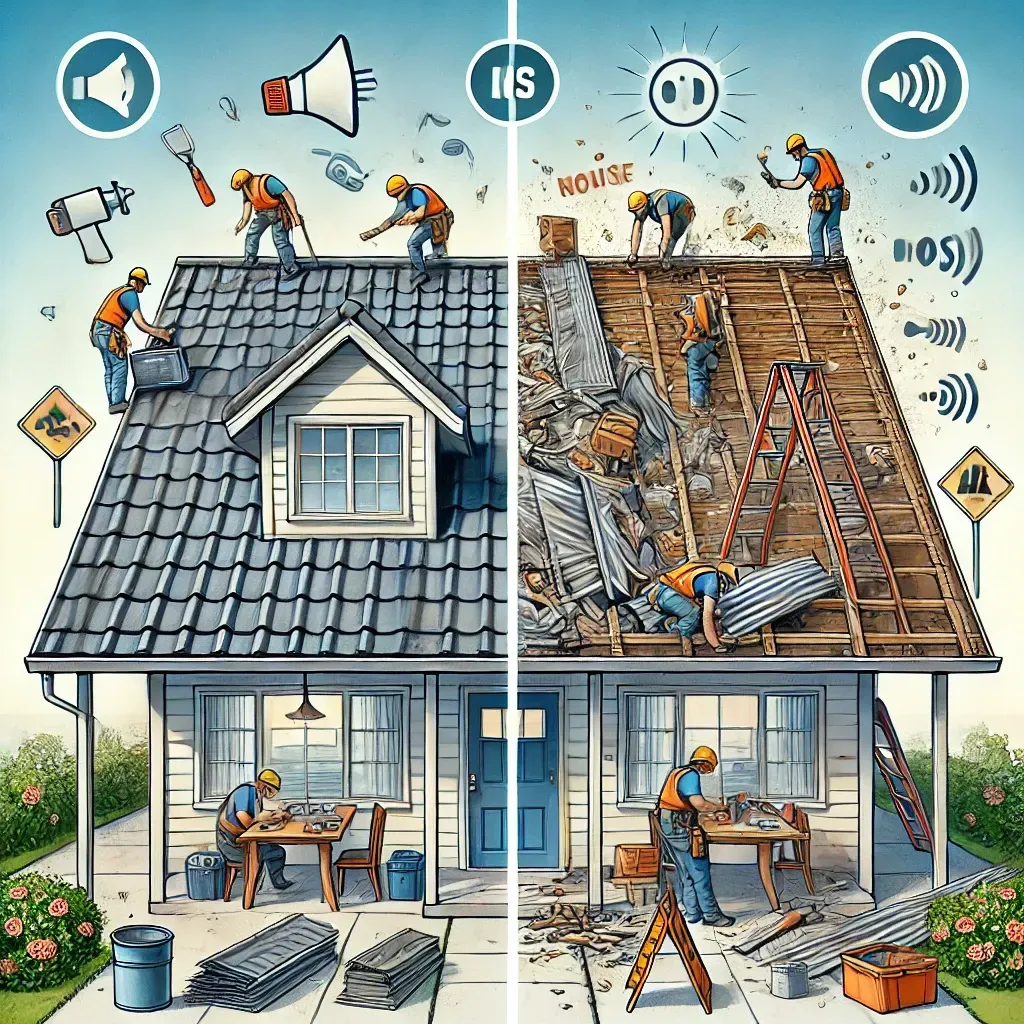
A complete tear-off can be noisy, messy, and time-consuming. By installing a metal roof over your existing shingles, you minimize these disruptions, allowing for a faster installation process that keeps your property cleaner and quieter.
Enhanced Energy Efficiency

Metal roofs have reflective properties that can help reduce cooling costs by reflecting sunlight away from your home. When installed over shingles, this added layer can provide extra insulation, improving your home’s overall energy efficiency.
Eco-Friendly Choice

If you’re environmentally conscious, avoiding a tear-off can be beneficial, as it reduces the amount of waste that ends up in landfills. Additionally, many metal roofs are made from recycled materials, contributing to a more sustainable building practice.
Cons of Installing Metal Roofs Over Existing Shingles
Leak Detection Difficulties
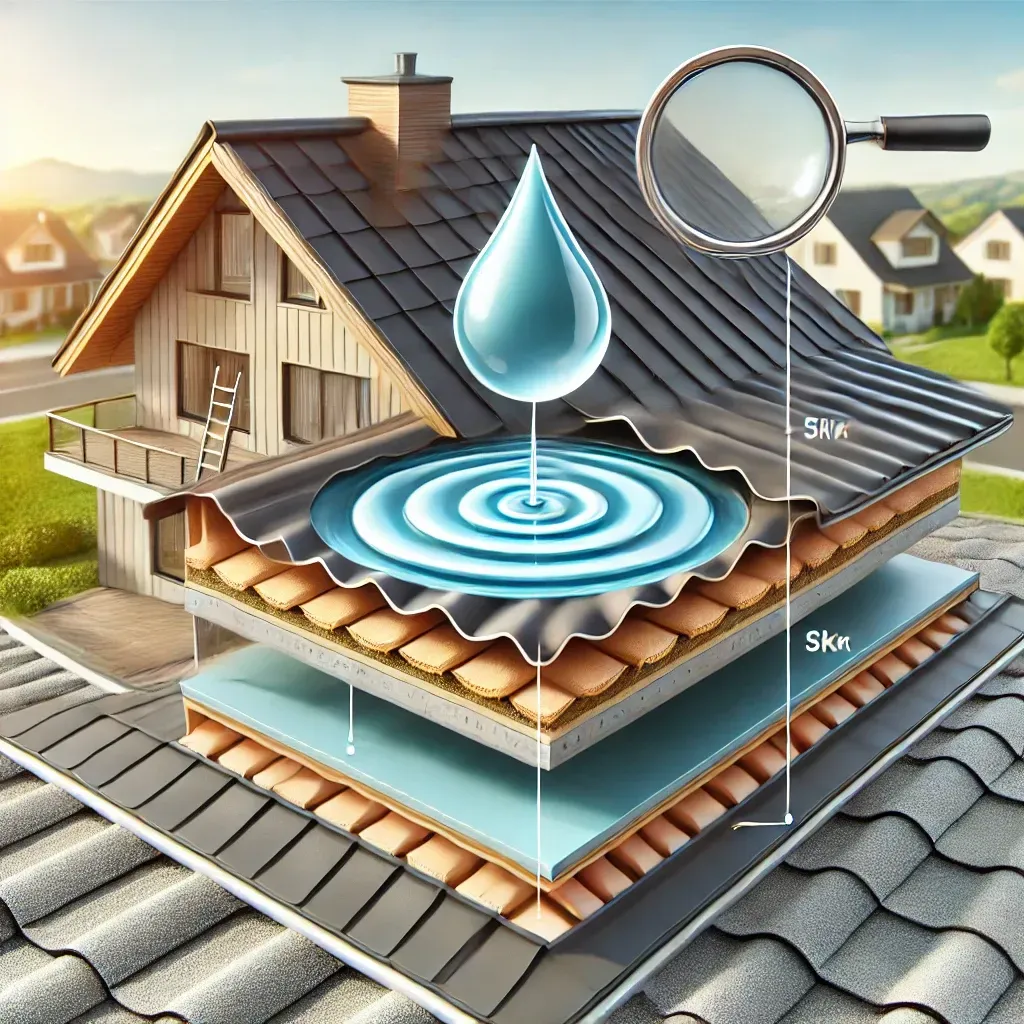
When leaks occur in a roof system that combines metal and shingles, pinpointing the source of the issue can become challenging. The added layer complicates inspections and makes identifying potential problem areas more difficult.
Potential Structural Concerns
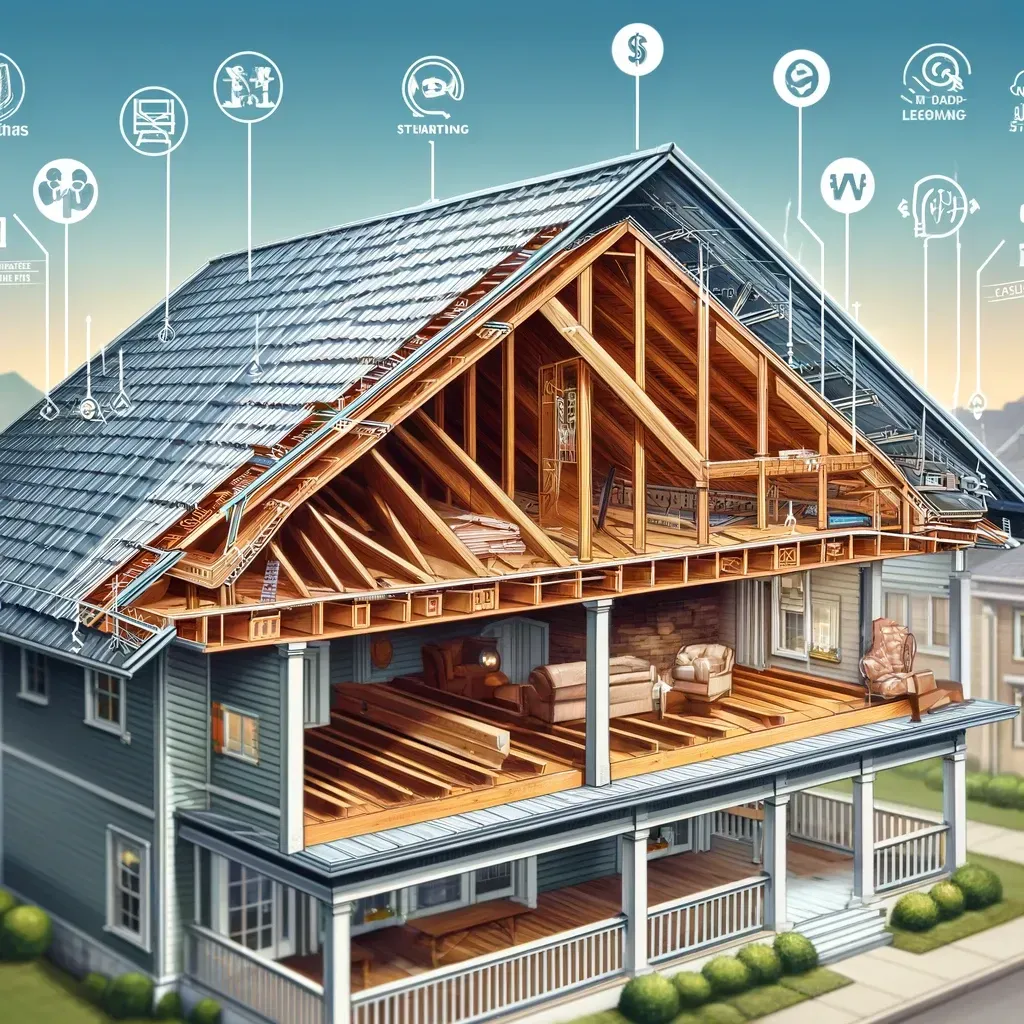
Adding the weight of a metal roof over existing shingles increases the overall load on your roof structure. This extra weight can put additional stress on rafters and decking, particularly in older homes that might not have been designed to carry such weight.
Inability to Inspect Roof Decking
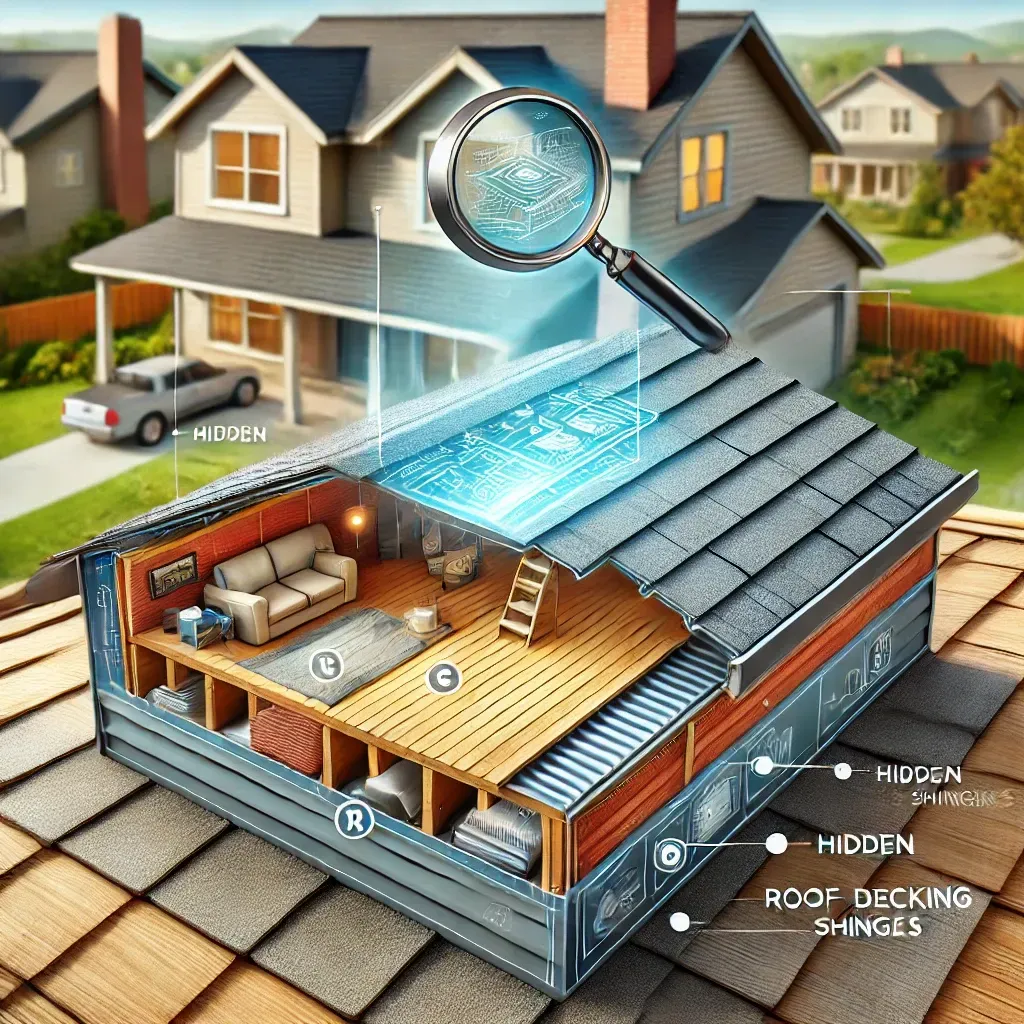
When installing a metal roof over existing shingles, you lose the opportunity to inspect the roof decking for damage. This is a critical step in roof replacement, as underlying structural issues could go unnoticed and worsen over time.
Reduced Ventilation and Moisture Issues
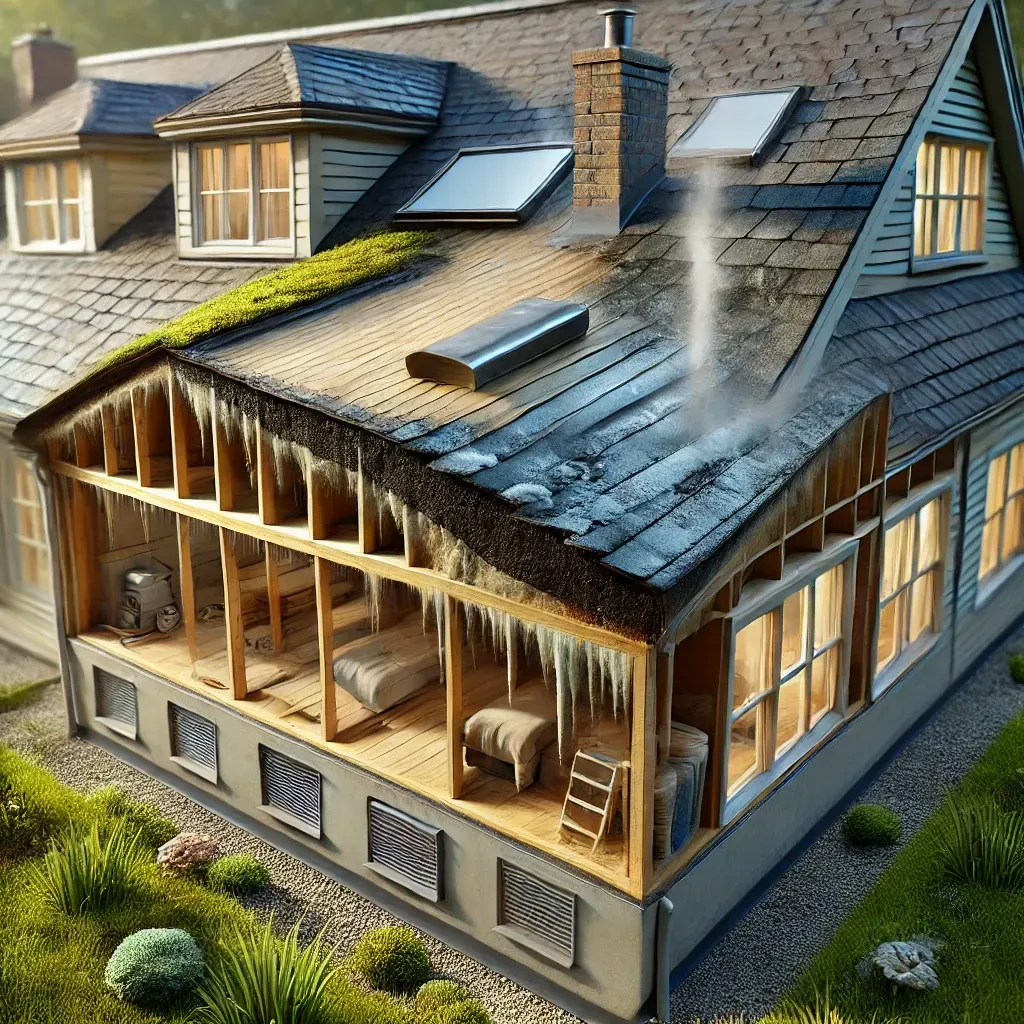
The extra layer of shingles beneath the metal can reduce proper ventilation, potentially leading to moisture buildup. Over time, this can cause mold growth, wood rot, or other structural problems that may compromise your roof’s integrity.
Warranty Concerns
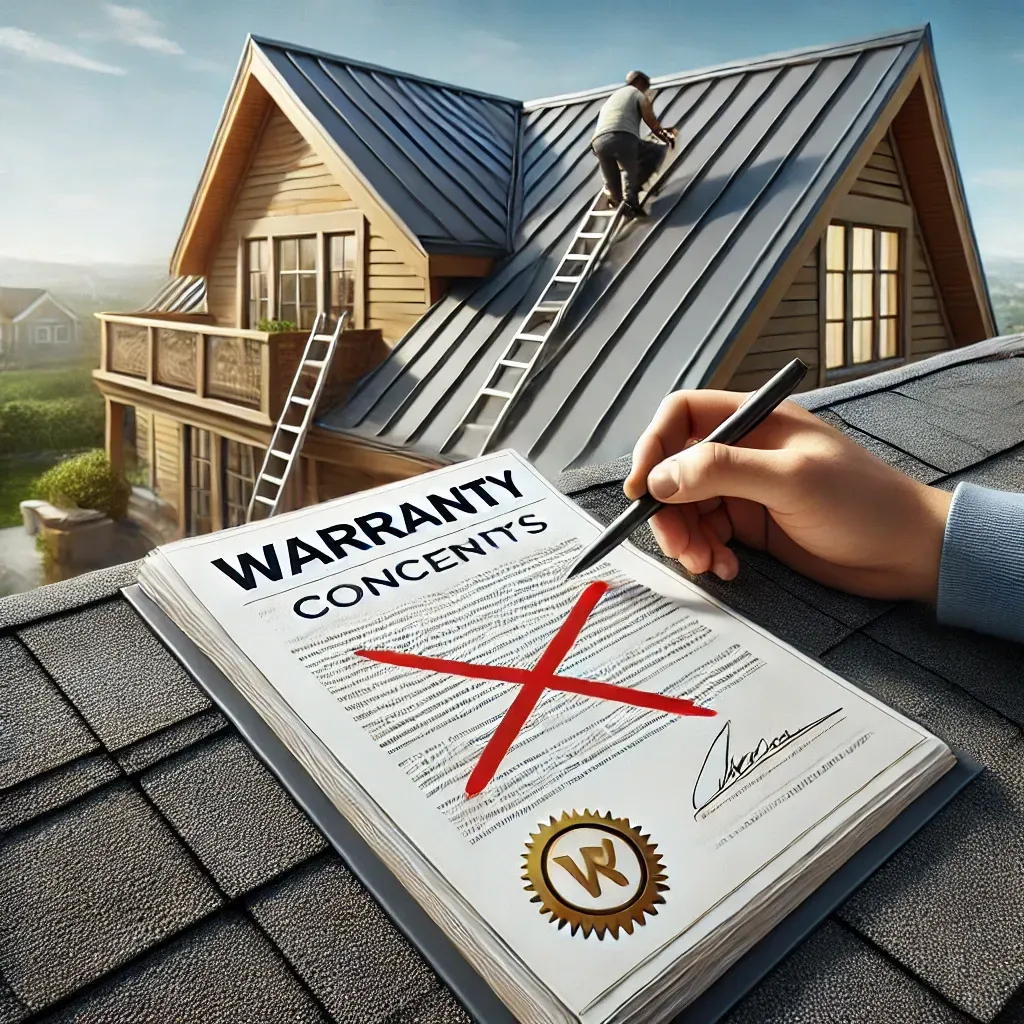
Many manufacturers and contractors void warranties if a metal roof is installed over existing shingles. Always check the terms of your warranty to ensure you won’t lose coverage by opting for this installation method.
Important Considerations Before Installing a Metal Roof Over Shingles
Inspect Existing Shingles
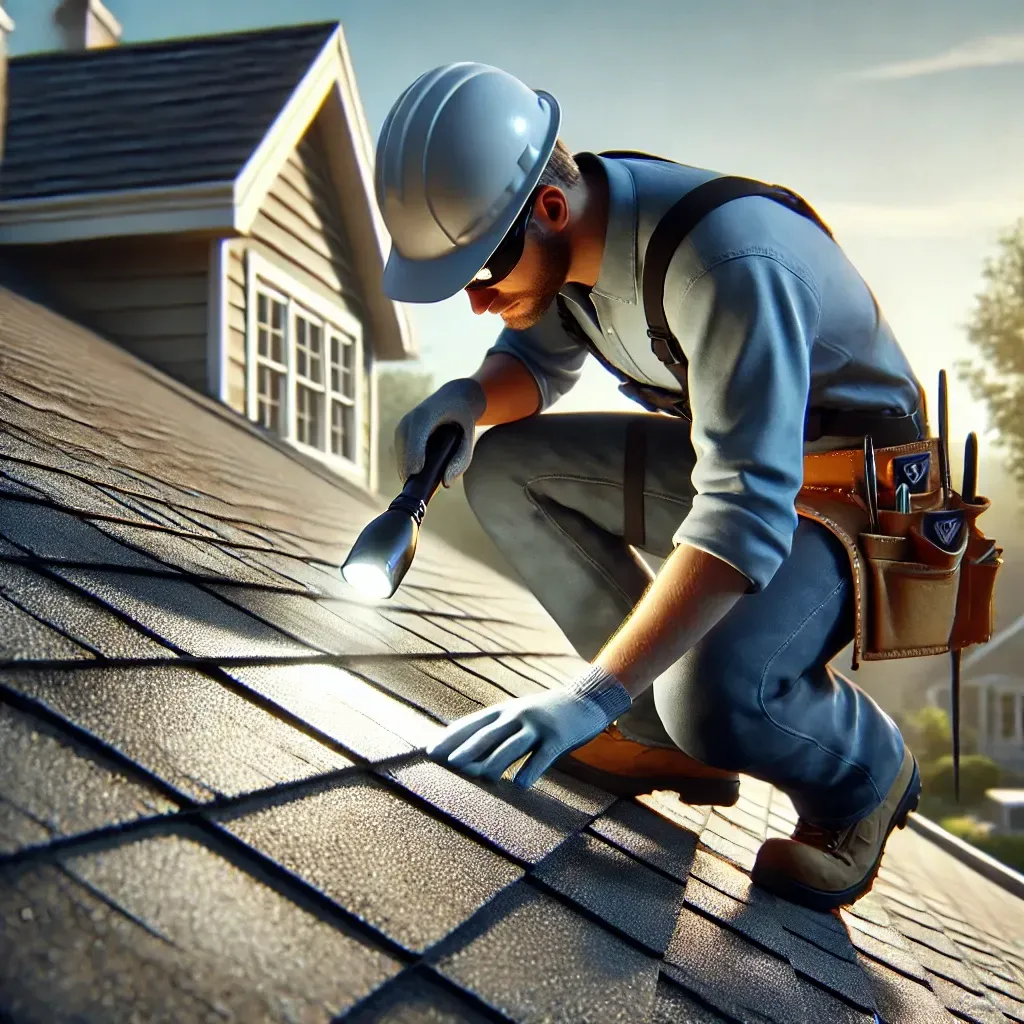
Before moving forward, thoroughly inspect your current shingles. They must be in good condition, with no major damage, to ensure the new metal roof can perform effectively without complications. If there are any doubts, a full tear-off might be the safer option.
Consult a Professional Roofer
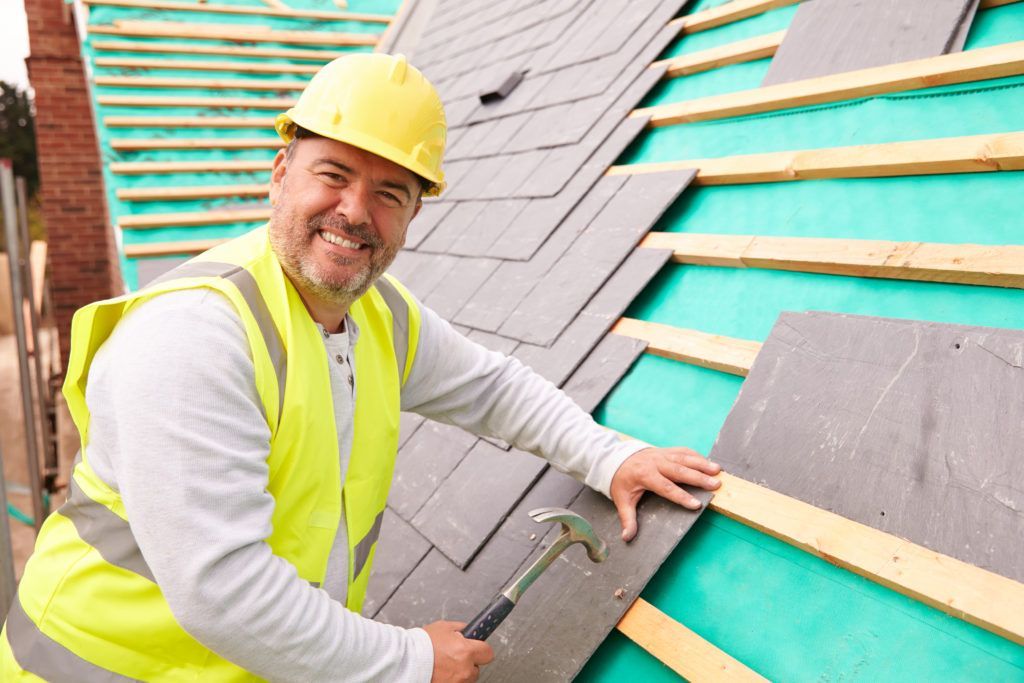
Always seek advice from a professional roofer to assess the condition of your roof and the feasibility of installing metal roofing over existing shingles. A qualified contractor can evaluate potential risks and help determine if this approach is suitable for your home.
Check Local Building Codes
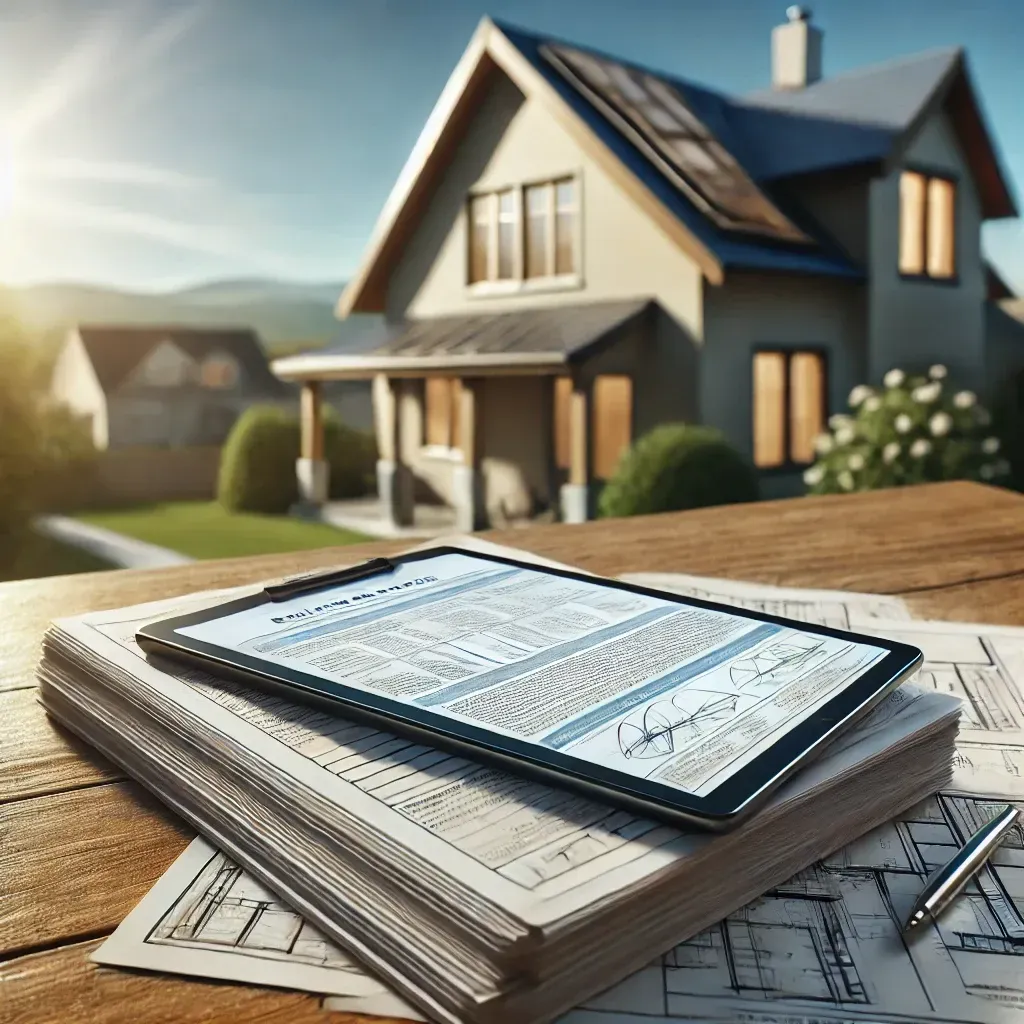
Local building codes vary significantly, and some may prohibit installing metal roofs over shingles. Verify if your municipality allows this method to avoid any legal or regulatory issues down the line.
Is It Worth Installing a Metal Roof Over Shingles?
While the cost savings and convenience of installing a metal roof over existing shingles are appealing, many roofing professionals argue that the risks often outweigh the benefits, highlighting why installing new roofing on top of shingles is a bad idea. Structural concerns, moisture issues, and reduced warranty coverage present significant drawbacks.
However, if you already have a metal roof and are looking for ways to enhance its longevity and appearance, you might consider painting a metal roof: pros & cons before deciding on a replacement.
On the other hand, for homes with solid roof structures and favorable conditions, it may still be a viable option, particularly when budget constraints or time restrictions are factors.
Conclusion
Installing a metal roof over existing shingles is a decision that requires careful consideration. While it offers potential cost savings and convenience, the long-term risks and structural concerns often make a full tear-off the preferred method. Weigh the pros and cons, consult with a professional, and check your local codes before moving forward. A well-informed approach can save you from costly repairs and ensure that your roof provides the protection and durability you need for years to come.

